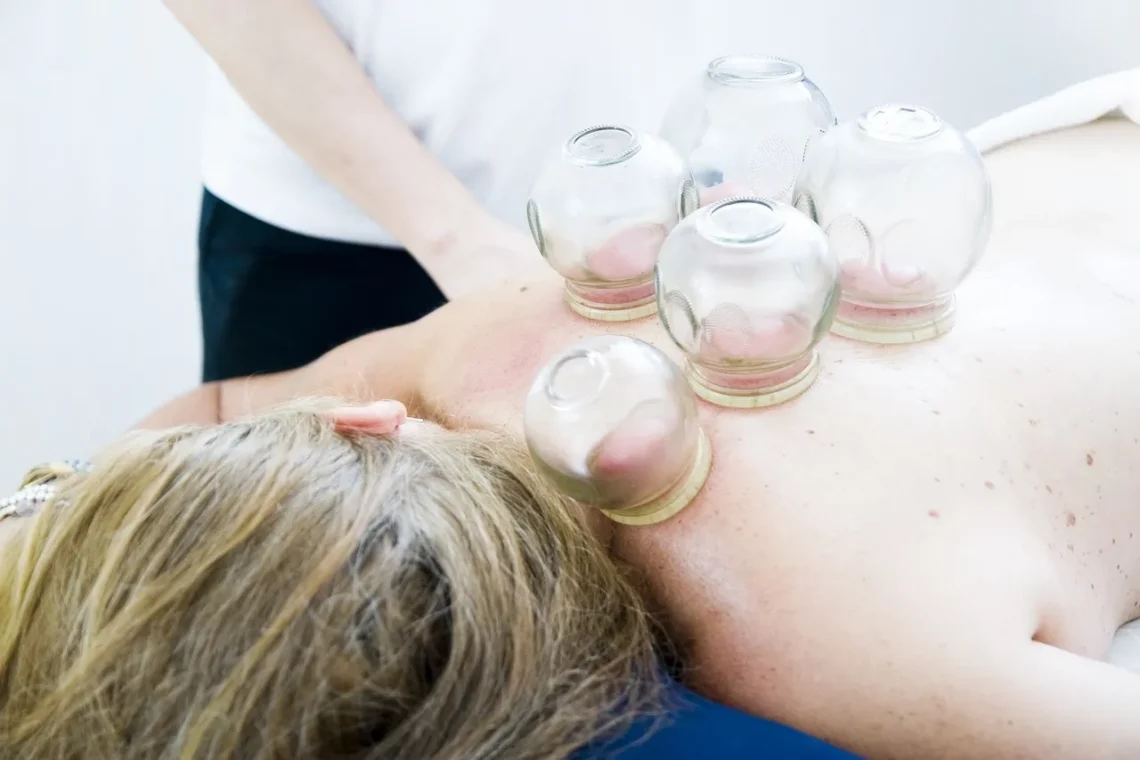
The Fascinating World of Cupping Boobs: Benefits and Techniques
Cupping therapy, an ancient practice rooted in Traditional Chinese Medicine, has recently gained traction in various wellness circles, particularly in the realm of beauty and self-care. The technique involves creating suction on the skin using special cups, which can be made from materials such as glass, bamboo, or silicone. While most commonly associated with back pain relief and muscle recovery, cupping has also found its way into the world of breast care, leading to a surge of interest in the benefits and techniques specifically related to this practice.
As people increasingly seek holistic approaches to health and beauty, cupping has emerged as a fascinating option for enhancing breast health and appearance. The practice is believed to increase blood circulation, promote lymphatic drainage, and potentially improve skin elasticity. This has led many to explore cupping not only as a therapeutic technique but also as a means to achieve aesthetic goals.
In this article, we will delve deeper into the various aspects of cupping, its benefits, and the techniques involved, shedding light on why this ancient practice continues to resonate with modern wellness enthusiasts.
Understanding the Basics of Cupping Therapy
Cupping therapy is grounded in principles that date back thousands of years. At its core, cupping involves placing cups on the skin to create a vacuum effect, which draws the skin and underlying tissues into the cup. This is typically achieved through either heat or mechanical suction. The origin of this technique can be traced back to various cultures, including Chinese, Egyptian, and Middle Eastern traditions, each having its unique interpretations and methodologies.
The primary mechanism behind cupping is the stimulation of blood flow and circulation in the area where the cups are applied. This increased blood flow can facilitate healing, reduce inflammation, and enhance the overall health of the tissues. Additionally, cupping is thought to promote the removal of toxins from the body by encouraging lymphatic drainage.
When it comes to breast cupping specifically, the practice is believed to not only support breast tissue health but also enhance the appearance of the breasts. Proponents claim that cupping can lead to firmer, perkier breasts by improving skin elasticity and stimulating collagen production.
However, it’s essential to note that cupping is not without its controversies. While many people report positive effects, scientific studies are still limited, and the effectiveness of cupping can vary widely from person to person. Therefore, anyone considering this therapy should approach it with an open mind and a healthy degree of skepticism.
Benefits of Cupping for Breast Health
The benefits of cupping extend beyond mere aesthetics. For many individuals, breast cupping can provide a range of health advantages that contribute to overall well-being. One of the most notable benefits is improved circulation. The suction created by the cups encourages blood flow to the breast tissue, which can help nourish the cells and promote overall breast health.
Increased circulation may also boost lymphatic drainage, which is crucial for removing toxins from the body. The lymphatic system plays a significant role in immune function, and by enhancing lymphatic flow, cupping can support the body’s natural defense mechanisms.
Another potential benefit of breast cupping is skin rejuvenation. The technique is thought to stimulate collagen production, leading to improved skin texture and elasticity. This can be particularly appealing for individuals looking to maintain youthful-looking skin, as it can help combat the signs of aging.
Moreover, many users report a sense of relaxation and stress relief following a cupping session. The practice can be quite soothing, providing a moment of self-care and mindfulness in an otherwise hectic world. This aspect of cupping can further enhance overall well-being, making it a holistic approach to breast health.
It’s important to remember, however, that while many individuals experience positive effects from cupping, results can vary. Some may find it beneficial, while others may not notice significant changes. As with any wellness practice, personal experience plays a crucial role in determining its effectiveness.
Techniques for Effective Cupping
When it comes to cupping for breast care, there are various techniques that practitioners and enthusiasts employ to achieve the best results. First and foremost, it’s essential to select the right type of cups. Silicone cups are often favored for self-administered sessions due to their flexibility and ease of use, while glass cups are typically used in professional settings, often accompanied by a flame to create suction.
Before starting a cupping session, it’s advisable to ensure the skin is clean and well-prepared. Some practitioners recommend applying a small amount of oil to the area to help the cups glide smoothly over the skin. This can enhance the experience and allow for better suction.
Once the cups are applied, they can be left in place for a short period, typically ranging from 5 to 15 minutes, depending on personal comfort and experience level. During this time, individuals may feel a pulling sensation, which is normal. It’s essential to listen to the body and remove the cups if any discomfort arises.
After the session, it’s recommended to hydrate and allow the skin to rest. Some people may experience temporary redness or marks where the cups were applied, which usually fade within a few days. Applying a soothing lotion or cream can help alleviate any lingering sensations.
For those interested in incorporating cupping into their self-care routine, starting with a few sessions per month can be beneficial. As individuals become more familiar with the practice, they can adjust the frequency and duration of the sessions according to their preferences and results.
Precautions and Considerations
While cupping can offer numerous benefits, it is crucial to approach the practice with caution. Individuals considering breast cupping should be aware of certain precautions to ensure a safe and effective experience. First and foremost, it is advisable to consult with a healthcare professional, especially for those who are pregnant, nursing, or have underlying health conditions.
Careful attention should also be paid to hygiene. Using clean cups and ensuring that the skin is properly sanitized can help prevent infections or adverse reactions. If using silicone cups at home, it’s essential to follow the manufacturer’s instructions for proper use and care.
Some individuals may experience bruising or discoloration after a cupping session, which is generally harmless but can be concerning for some. It’s important to remember that these marks are typically temporary and will fade over time. However, if any unusual pain, swelling, or prolonged discoloration occurs, it’s crucial to seek medical advice.
Lastly, individuals should listen to their bodies and respect their limits. Cupping should never be painful, and if discomfort arises, it’s best to stop the session and reassess. Finding a qualified practitioner who can guide the process can also enhance safety and effectiveness.
In conclusion, while cupping offers an intriguing approach to breast health and aesthetics, it is essential to approach the practice with informed caution. As with any wellness endeavor, individual experiences may vary, and personal comfort should always be prioritized.
**Disclaimer:** This article is for informational purposes only and should not be considered medical advice. For any health-related concerns, please consult a qualified healthcare professional.




